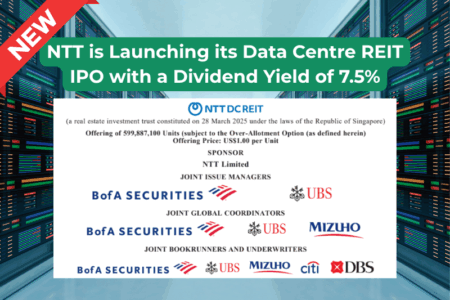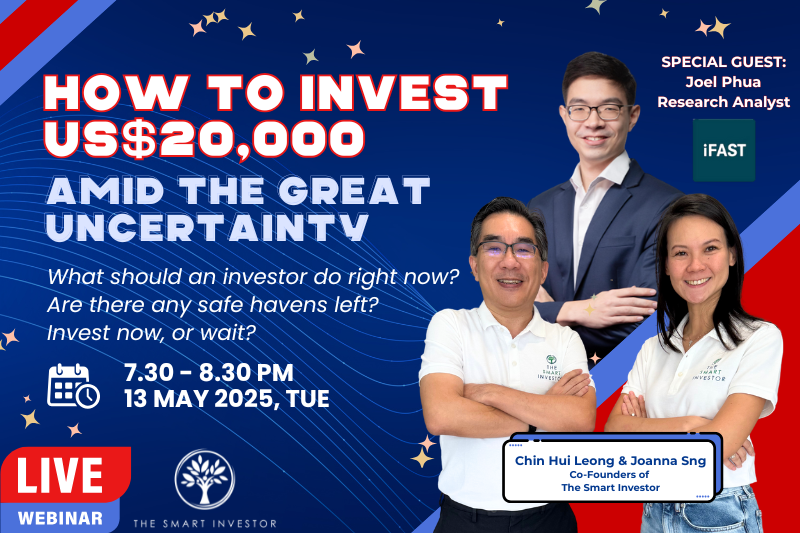This is the second in a four-part series on the CPF Investment Scheme and its investment options.
You can take a look at Part 1 here in case you missed it.
With the plethora of options available out there, it can be confusing for investors to understand and select the one that suits them the best.
Even the most experienced investors might not be familiar with all the investment vehicles available to them.
Part 1 looked at Treasury Bills, Government bonds, Singapore Savings Bonds and annuities as possible options
This second part looks at unit trusts and investment-linked insurance policies (ILPs).
Unit trusts (Mutual funds)
Unit Trusts, also known as mutual funds, are one of the more popular investment options in Singapore.
In essence, investors are pooling their money together, which is then used by the unit trust to invest in a portfolio of assets based on its stated objectives.
Only unit trusts that meet certain criteria are available under the CPF Investment Scheme.
Because of this, Singaporeans are only limited to a number of choices.
Unit trusts offer investors exposure to a portfolio of different assets and the chance to earn higher returns than the money in their CPF.
However, not all unit trusts have a great track record.
Investors need to choose the unit trusts that have a long and stable track record which give them the highest chance of beating the “risk-free” rate.
Another problem with unit trusts is that the fees they charge for managing your money are usually fairly high. The fees are expressed in the form of expense ratios.
This fact, coupled with the limited selection, may be a problem for investors who are seeking better returns.
Investment-linked policies (ILPs)
ILPs have both investment and insurance components where your premiums are invested in funds. A portion of that is then sold to pay for your insurance premiums.
Generally, there are two kinds of ILPs.
The first is where you pay a premium regularly, while the other is where you only pay one lump sum at the start of the policy.
ILPs are suitable for people who want greater exposure to investments than the standard life insurance products.
ILPs also provide the investor with the flexibility to vary the insurance coverage and investment mix to suit individual investors’ needs over their lifetime.
Unfortunately, as with any investment, there are downsides and risks involved.
For one, the capital you invested is not guaranteed.
It depends on the performance of the sub-fund or funds that it is invested in.
Numerous fees also eat into your investment returns and insurance coverage.
These include fund management fees, policy charges and sales fees.
If you wish to make changes to your investment, you may also incur further charges such as a surrender charge (when terminating the contract) or a fund-switching charge (choosing a new sub-fund).
Get Smart: Even more options
The above are another two common investment options available in the CPF Investment Scheme.
However, as mentioned, both these options may result in the payment of significant amounts of fees.
In the next article, I will provide two options that have lower costs for investors – endowment policies and exchange-traded funds.
Stay tuned!
In our latest special FREE report, we cover eight stocks, consisting of a mix of blue-chips and mid-cap companies, that we believe can ride the recovery and offer investors a great mix of both growth and income. Click HERE to download the report, 8 Singapore Stocks for Your Retirement Portfolio, for FREE now!
Don’t forget to follow us on Facebook and Telegram for some of our latest free content!
Disclaimer: Royston Yang does not own shares in any of the companies mentioned.




